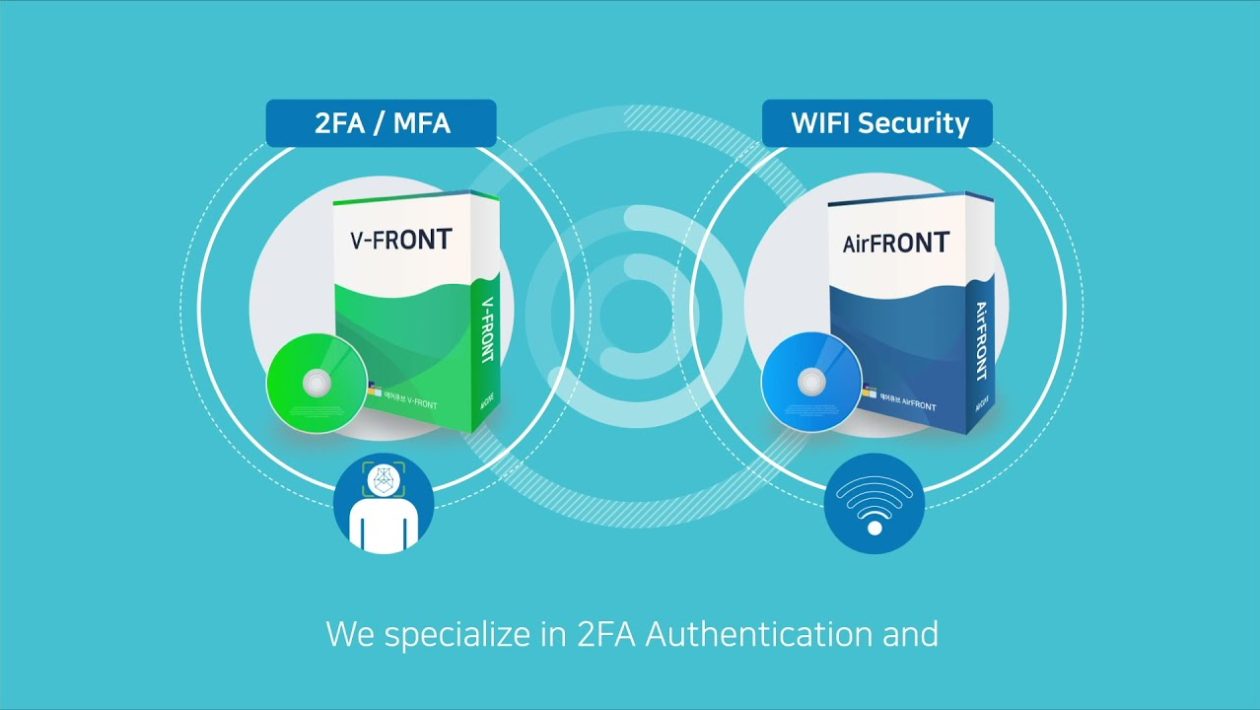Whether it is life or online business, security is non-negotiable. If we talk about security, especially in these digital worlds, you may know various security approaches, tools and measures to protect your digital assets.
Among various things, one of the methods you must hear about is authentication. Authentication is a method which protects us from the constant threat of data breaches by giving access only to the authorised user.
However, many people confuse 2FA and 2SV, MFA and 2FA. If we simply talk about 2FA VS 2SV, 2FA (Two-Factor Authentication) uses two authentication factors, like a password and a fingerprint. 2SV (Two-Step Verification) combines a password with a verification code and two popular authentication terms.
In this article, let us learn more about the MFA vs. 2FA and how to choose the right Multi-Factor Authentication.
Comparison Table: MFA vs. 2FA
| Aspect | MFA (Multi-Factor Authentication) | 2FA (Two Factor Authentication) |
| Number of Factors | Two or more authentication factors are required. | Exactly two authentication factors are required. |
| Types of Factors & Examples | Can include something you know, something you have, and something you are. For example, voice recognition, biometrics, facial recognition, security keys, etc. | Typically involves something you know and something you have. For example, OTP sent on a mobile number, security code received on an email ID, etc. |
| Security Level | Offers a high level of security due to the use of multiple factors. | Provides an extra layer of security beyond just a password. |
| Complexity | May be more complex for users due to the requirement for multiple factors. | Generally less complex for users as it involves only two factors. |
| Use Cases | Suited for scenarios requiring advanced security, such as financial transactions and sensitive data access. | Applicable in a wide range of scenarios to enhance security without significant complexity. |
| Regulatory Compliance | Often recommended or required for compliance with industry regulations. | May meet regulatory requirements, depending on specific regulations. |
| Adoption and Availability | Available but less commonly implemented compared to 2FA. | Widely available and implemented across various online services. |
| Usability | May require additional user training and support due to complexity. | Generally more user-friendly and easier to understand. |
How to Choose the Right Multi-Factor Authentication (MFA)?
- Understand Your Needs: Begin by thinking about what you really need regarding security. Consider the importance of balancing security with user convenience.
- Think About the User Experience: Put yourself in the shoes of your users. Choose MFA methods that won’t frustrate them but still keep things secure.
- Look at the Types of Authentication: Consider the different ways you can prove your identity – like a password, a device you have, or your unique characteristics (like your fingerprint).
- Make Sure It Can Grow with You: Your business will grow with time. Thus, ensure that your MFA solution can grow alongside your needs.
- Check for Compatibility: Consider how this MFA system fits into your existing tools and systems. It should play nicely with them.
- Keep Regulations in Mind: Depending on your industry, there may be rules you need to follow. Make sure your MFA choice aligns with those.
- Prioritise Security: Safety should be a top priority. Go with trusted MFA providers with a good reputation for keeping data safe.
- Balance Costs: Think about your budget. You want good security, but it should also make financial sense.
- Get Support You Can Rely On: There might be chances of a technological issue requiring a technical expert’s assistance to resolve. Thus, having solid customer support from your MFA provider can be a lifesaver.
- Test and Train: Before you fully commit, give it a test run in your setup. Also, make sure your team knows how to use it smoothly.
Conclusion
Understanding the difference between two authentication methods will help you to choose the right method for your business.
It is also essential to rely on reliable authentication security providers like InstaSafe technologies to ensure a higher level of security around the clock.





